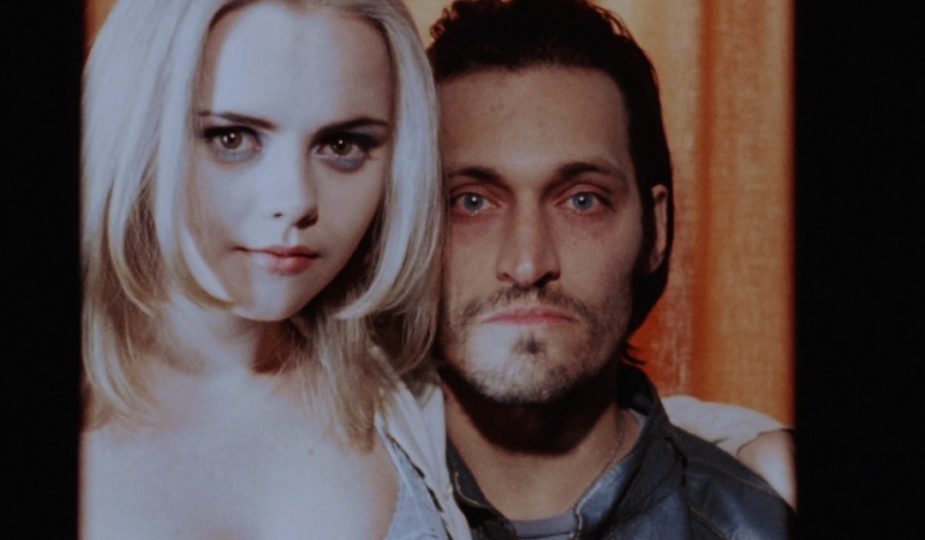
Buffalo’66 (1998)
Independent cinema usually takes risks that don’t always guarantee the desired effects in the overall calculation of a film. This type of films are produced outside the major film studio system, they’re distributed by independent entertainment companies, and they usually have a limited release. They are distinguishable by their content and style and the way in which the filmmaker’s personal artistic vision is realized.
Vincent Gallo is an egocentric artist, but that is justified when we take a look at his work. He writes, directs, stars and puts music into this movie called “Buffalo 66”, a film that won’t leave anyone indifferent.
The film introduces us to Billy Brown (Vincent Gallo), a young man that spent five years in prison for a crime that he didn’t commit. When he finally gets out of prison, Billy kidnaps a young dancer named Layla (Christina Ricci), and demands that she pretends to be his wife.
On the way to his parents, with whom he has an extremely dysfunctional relationship, Billy explains that he has been lying to both of them about his own life, making them believe that he is a “successful and accomplished” man. To make his lies believable, Billy forces Layla to do what he tells her. Sympathetic to Billy’s problems, she understands and finally falls in love with him and his life story. Billy is forced to deal with loneliness, depression and the darkest memories of his past.
The character created and interpreted by Gallo has an authenticity and emotional strength almost non-existent in today’s cinema. It’s such a solid, credible, risky and accurate interpretation. An overwhelming blast of feelings and internal conflicts in a seemingly small story.
The role of Cristina Ricci is formidable, she gives an unbelievably effective dose of innocence and tenderness, feelings totally opposed to those that Gallo’s character projects.
The musical numbers used in the film perfectly evoke the feelings that are projected, and we have an especially unforgettable moment with the song “Moonchild” of the legendary progressive rock band “King Crimson”.
The film is something of a road movie (those that involve cheap hotels and marginal people), but in this case Gallo knows how to look for it and turns it into a surreal and beautiful story. There is an effective dose of black humor moments, the movie also has a faded and discolored visual style thanks to the use of 35 mm slide format and 16 mm (used for Billy’s flashbacks) and Gallo’s overall love for vintage equipment in the creation of music and film.
From time to time, its essential for the soul to see a film like this, to realize we are part of humanity and to remember everything we have in common with our fellow human beings. How many times do we abandon ourselves to that abyss of despair when, surprisingly, salvation has come to us in the form of something unusual?
by Octavio Carbajal González
